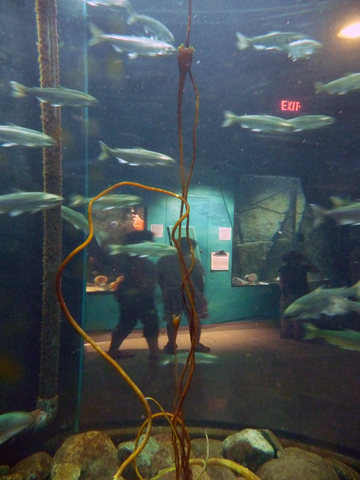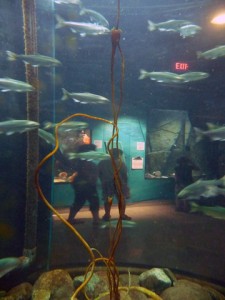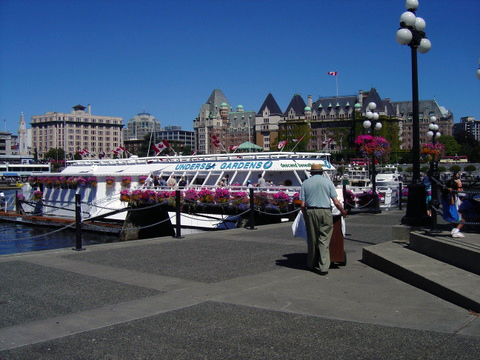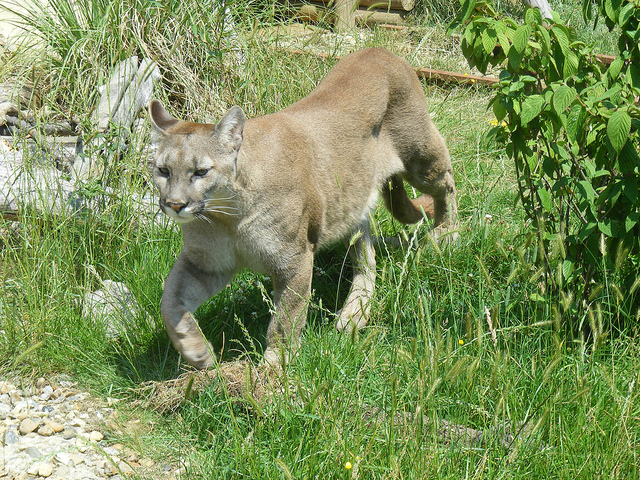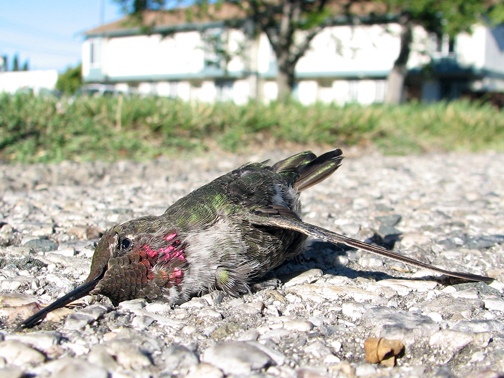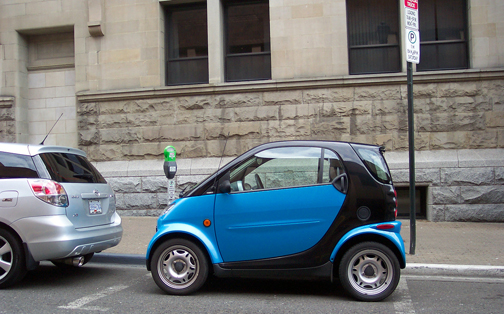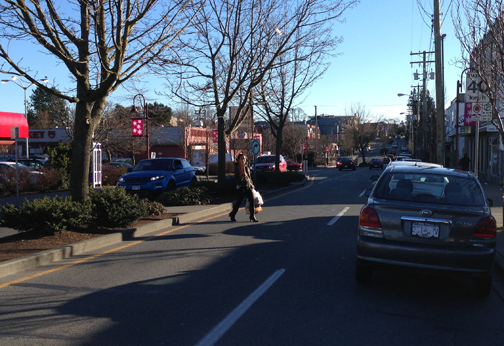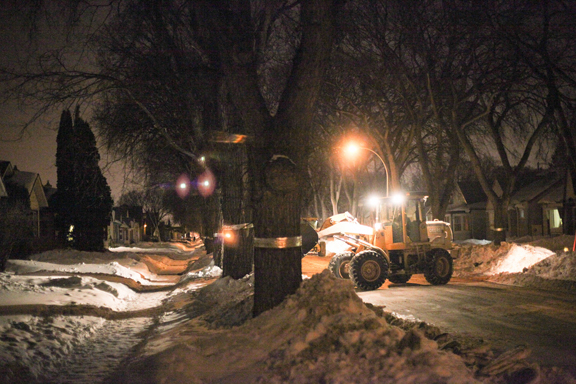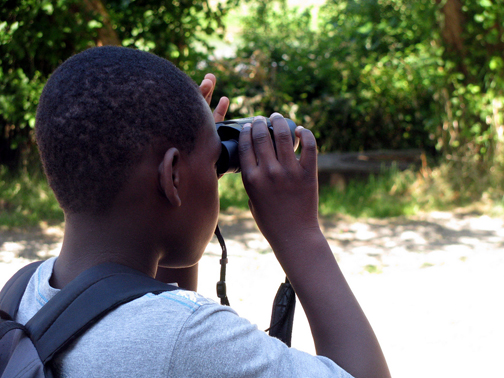Picture a community hall on a weekday evening. About 40 people sit in rows. Official-looking sorts look back over the audience.
The people have gathered at this fictitious meeting to discuss the fate of a nearby fictitious historic site/nature centre/community museum/natural or cultural heritage site. Like so many real sites in the region—Craigflower Manor and Schoolhouse, the Centre of the Universe, Undersea Gardens, Crystal Gardens, BC Experience, the Soviet Submarine, or Anne Hathaway’s Cottage, to name a few—is no longer open to the public.
For two hours, those gathered have spoken in support of the site. Government Gus has presented how the government, which owns the site, is looking for a new operator—even if it means repurposing the site.
Education Eli has spoken of the site’s value to the community, especially to its youngsters. “It’s the kind of vital enrichment that connects classroom learning to the community,” she says.
Others have spoken, too, suggesting new activities, new uses, new revenue sources. Everyone agrees the site is an important resource. It helps define and focus the community. It creates common identity and builds community spirit….
Read the rest of this editorial at the Victoria Times Colonist….

